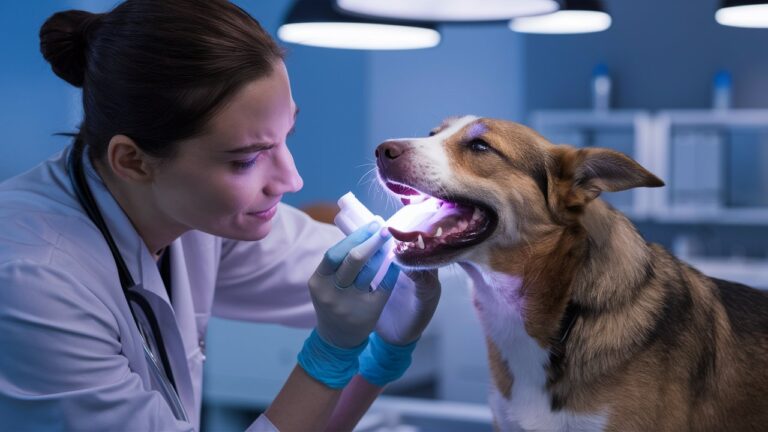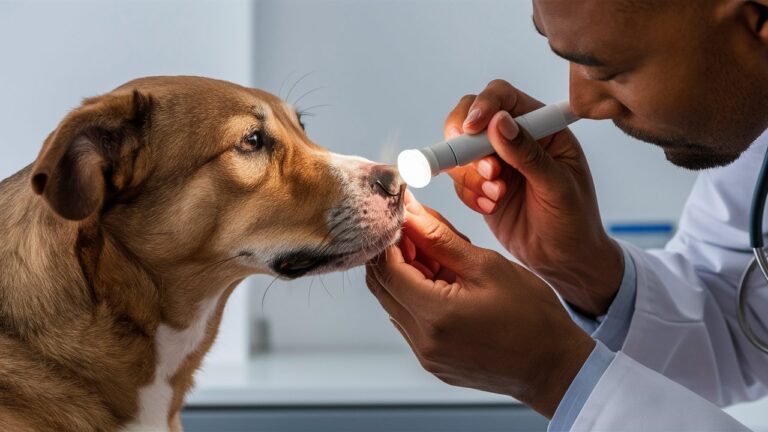Episcleritis in Dogs: 100% Essential Guide to Symptoms, Causes, & Treatments
Episcleritis in Dogs: Symptoms, Causes, & Treatments
Episcleritis is a relatively uncommon eye condition in dogs that often surprises pet owners due to its sudden appearance. It involves inflammation in the episclera, a thin layer of connective tissue between the white part of the eye (sclera) and the conjunctiva. At OnlyDoggyDays, we understand the anxiety that comes from seeing unexpected redness or swelling in your dog’s eye. This guide aims to provide you with a detailed look into what episcleritis is, including symptoms, causes, and treatment options, so you feel prepared and informed if your dog is diagnosed with this condition.
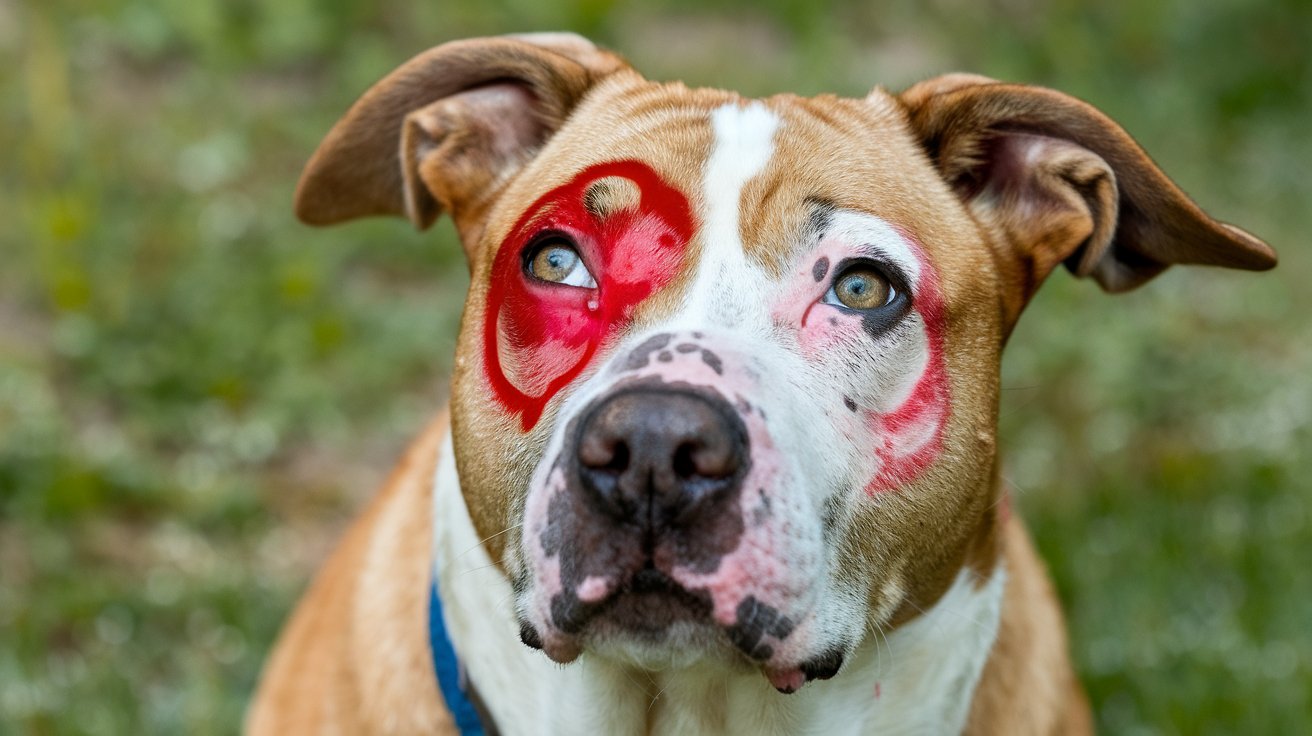
What Episcleritis in Dogs Looks Like
The primary symptoms of episcleritis include redness, swelling, and sometimes a raised appearance in the affected area of the eye. You might notice a section of your dog’s eye looking puffy or irritated, even though episcleritis generally stays localized rather than spreading across the entire eye. Episcleritis can appear in two main forms: nodular episcleritis and diffuse episcleritis.
Nodular episcleritis is characterized by one or more small lumps or nodules on the affected part of the eye. These nodules may be brown, pink, or red, adding a bumpy texture to the eye’s surface. Diffuse episcleritis, on the other hand, presents as a more uniform redness without distinct lumps, creating an overall bloodshot look. Although both types may look uncomfortable, episcleritis usually isn’t painful, though your dog might show some mild irritation.
Identifying Key Symptoms
To spot episcleritis early, look for specific signs such as localized redness, swelling, raised patches, or a lumpy texture on the surface of the eye. Other possible indicators might include slight tearing or discharge, although these symptoms are less common than in other conditions like conjunctivitis. If you see your dog blinking excessively, pawing at their eye, or seeming sensitive around the eye, it’s essential to take a closer look. Catching these symptoms early can help you determine whether a veterinary consultation is necessary. Many pet owners initially assume the redness is minor, only to find that early treatment for episcleritis can prevent further complications.
Exploring the Causes of Episcleritis
The causes of episcleritis in dogs vary widely, making it crucial to understand potential triggers. In some cases, the inflammation results from an autoimmune reaction, where the immune system mistakenly targets healthy eye tissue. Other times, episcleritis may be secondary to underlying health conditions, including infections, allergic reactions, or exposure to environmental irritants. Certain breeds, like Collies and Cocker Spaniels, have a higher predisposition due to genetic factors, especially if autoimmune diseases are common within the breed. While autoimmune issues are a frequent cause, some cases remain idiopathic, meaning the exact cause is unknown. Identifying these causes can guide your veterinarian in choosing the most effective treatment approach.
How Veterinarians Diagnose Episcleritis
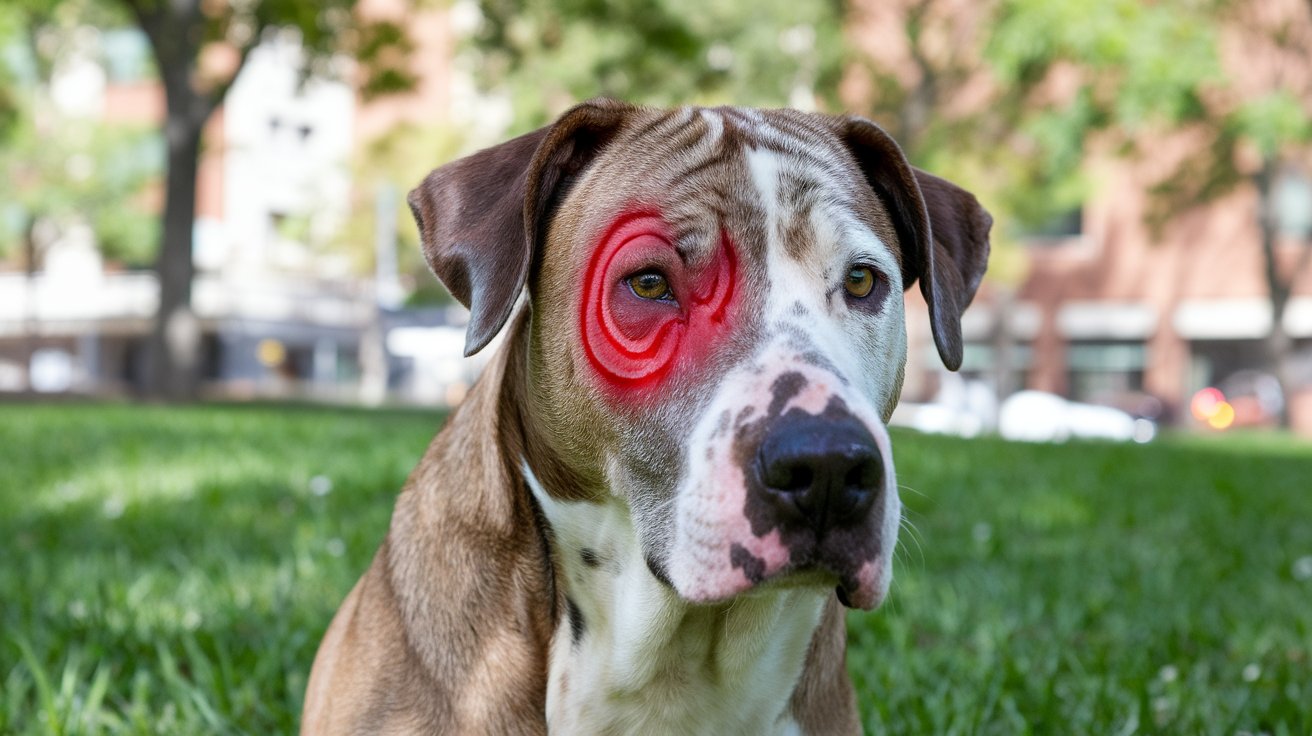
A veterinarian diagnoses episcleritis through a thorough eye examination, often using specialized tools to examine the structure of the eye and check for signs of inflammation. They may perform additional tests to rule out other conditions that have similar symptoms, such as conjunctivitis or glaucoma. In some cases, vets will recommend blood tests to determine if an underlying autoimmune condition is at play. The results of these tests help your vet formulate the best treatment plan, as treating episcleritis effectively depends on an accurate diagnosis and understanding of any root causes.
Episcleritis in Dogs Treatment Options
Treating episcleritis in dogs generally involves managing inflammation and addressing any underlying causes. For mild cases, topical corticosteroid or anti-inflammatory eye drops are often prescribed to reduce redness and swelling. When an autoimmune response is suspected, oral steroids or other immunosuppressive medications may be used to control the inflammation. This treatment can offer noticeable relief within a few days, although long-term management might be required if the episcleritis recurs. For more severe cases of nodular episcleritis, a vet may suggest minor surgery to remove the inflamed nodules.
Episcleritis in Dogs Personal Experience at OnlyDoggyDays
At OnlyDoggyDays, we encountered a similar case with one of our team members’ Labradors. The dog’s eye appeared swollen and red one morning, leading her to assume it was a minor irritant. However, when the swelling persisted, a vet visit revealed nodular episcleritis. With a regimen of anti-inflammatory eye drops and close monitoring, the swelling gradually subsided within a week. This experience showed us just how effective timely treatment can be and how important it is to seek help promptly if you notice unusual signs in your dog’s eyes.
Preventing Recurrences of Episcleritis
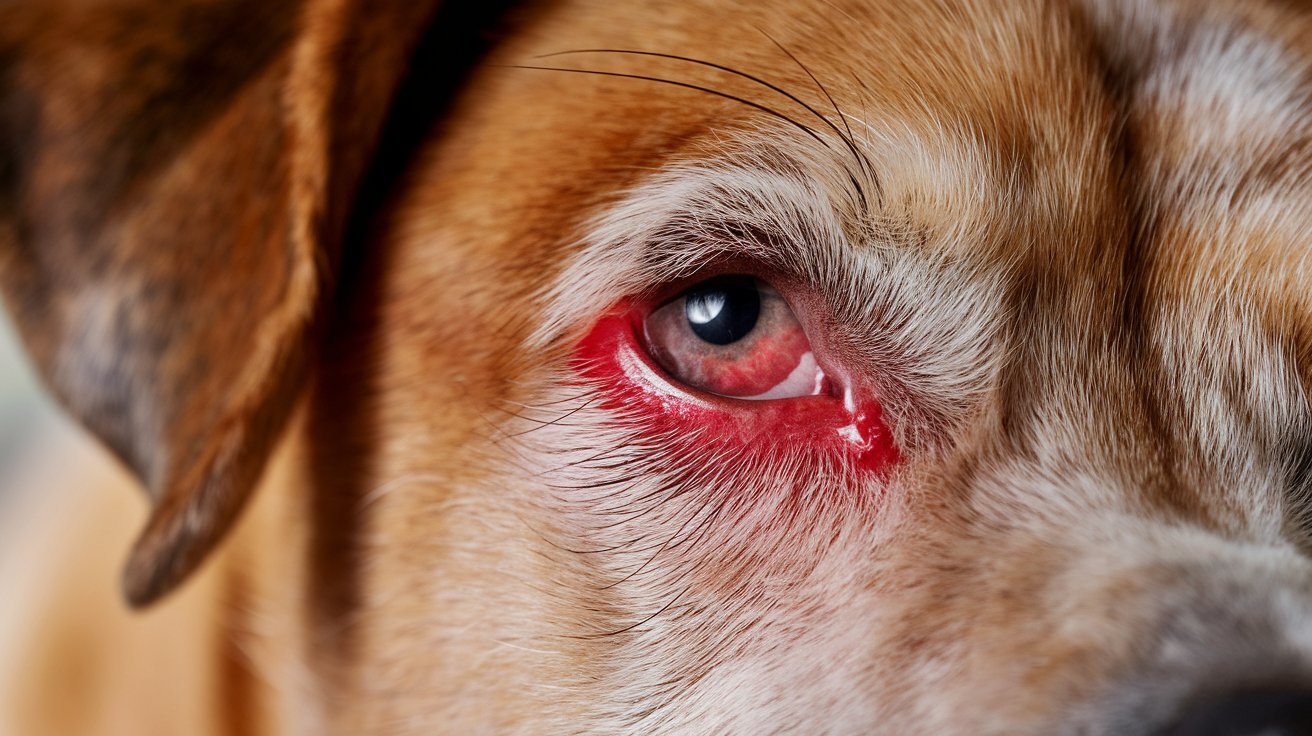
Preventing episcleritis can be challenging, particularly if the condition is related to an autoimmune issue or environmental triggers. Regular veterinary checkups are essential, especially if your dog belongs to a breed with a higher genetic predisposition. Monitoring environmental factors such as allergens, certain chemicals, or plants that may irritate your dog’s eye can also be helpful. While there’s no foolproof way to prevent episcleritis, reducing exposure to potential irritants and managing autoimmune flare-ups with your vet’s guidance can lower the risk of recurrence.
When to Consult a Veterinarian
Knowing when to seek veterinary help for episcleritis is crucial. Since episcleritis symptoms can resemble those of other eye conditions, a professional diagnosis is important. If your dog shows persistent redness, swelling, or signs of irritation, it’s best to consult your vet. They can determine if the issue is indeed episcleritis or if a different treatment plan is needed. Additionally, keep track of any recurring symptoms and look for patterns. Noting whether the episcleritis seems to be triggered by certain environmental or seasonal factors can help your vet tailor the treatment to your dog’s specific needs.
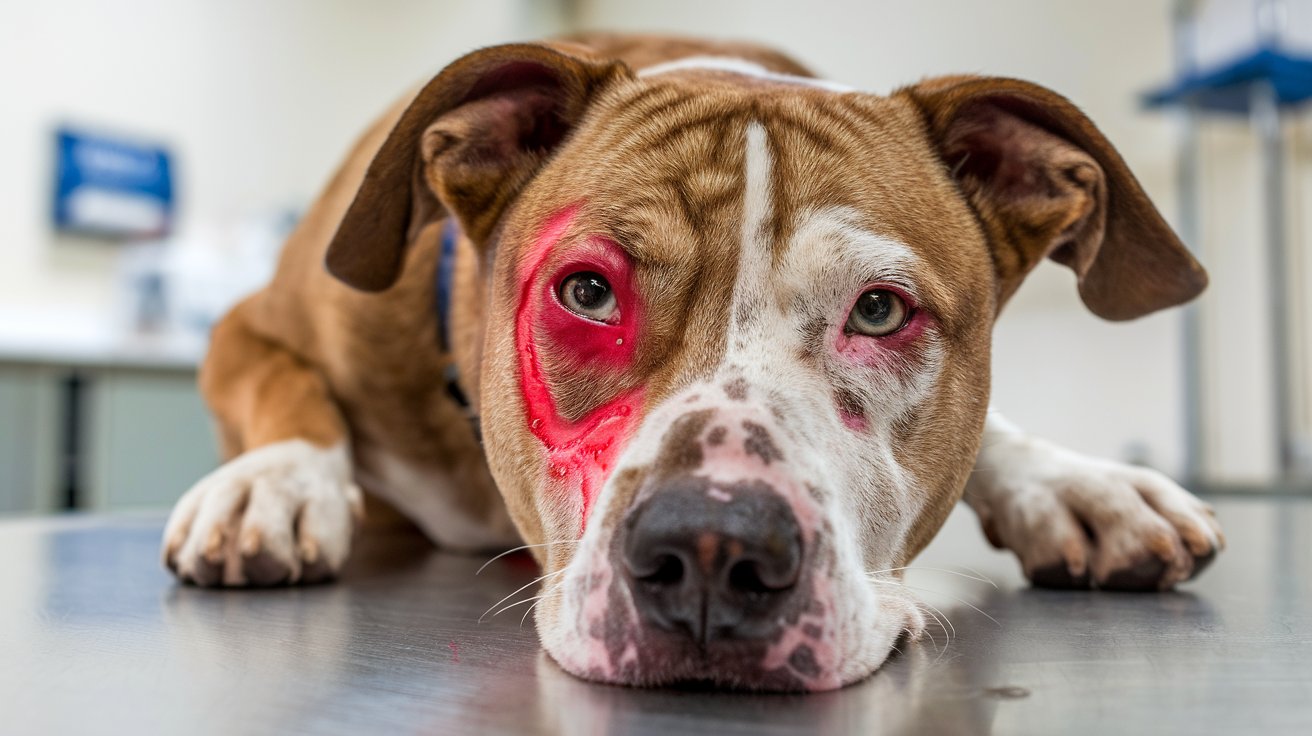
Conclusion
Episcleritis in Dogs, though often non-painful, can cause discomfort and concern for dog owners. With the right knowledge and prompt treatment, you can manage this condition effectively and prevent it from becoming a chronic issue. At OnlyDoggyDays, we encourage dog owners to stay vigilant about their pets’ eye health and seek veterinary advice whenever symptoms like redness or swelling appear. Being proactive can make a huge difference in your dog’s comfort and eye health.



